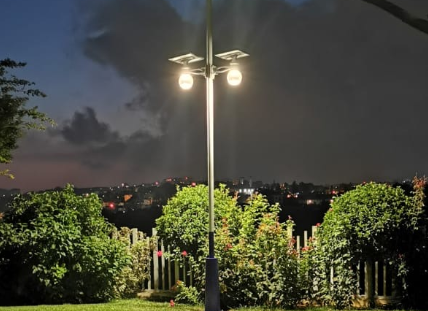How to maintain your storage battery?

No matter what type of batteries you own, this article will give some battery maintenance tips to keep your system running smoothly.
Regular Inspection and Maintenance
Regular testing and inspection will help to maximize the lifespan of storage battery. A routine inspection at least once a month is recommended to maintain optimum performance.Use the following as a guide when examining your battery:
1. Check the battery's state of charge. Most batteries have a State of Charge Indicator on top of the battery that will give you an on the spot diagnosis of the battery condition. However, a more reliable way to check is with a voltmeter to determine the stabilised voltage or if the vent caps are removable a hydrometer to determine the specific gravity (SG) of the electrolyte.
2. Inspect the terminals, screws, clamps and cables for breakage, damage or loose connections. These should be clean, tight and free of corrosion.
3. Ensure the battery top is clean, dry, free of dirt and grime. A dirty battery can discharge across the grime on top of the battery casing.
4. Apply a thin coating of high temperature grease to posts and cable connections for added protection.
5. Inspect the battery case for obvious signs of physical damage or warpage. This usually indicates the battery has been overheated or has been overcharged.
6. If you have a maintainable battery, it is important to check if the battery has sufficient electrolyte covering the battery plates. If topping up is required, do not over fill as the fluid levels will rise when the battery is fully charged and may overflow. Top up using distilled or demineralised water and never fill with sulphuric acid.
7. For batteries used in seasonal applications and stored long term, fully recharge the battery prior to storing. Check the state of charge or voltage regularly. Should the voltage drop below 12.5V, recharge the battery. It is important to check the battery completely before reconnecting to electrical devices.
Battery Testing
Battery testing should be considered as an integral part of any periodic maintenance routine and should be performed whether or not a starting problem has occurred. Due to the increased electrical demands on the battery, little warning is given before failure. Pre-emptive battery replacement can help eliminate many of the costs and problems associated with a flat or end of life battery.Before testing a battery, it is important that the battery is fully charged. Even a slightly discharged battery can give a false reading and deem the battery faulty when all that is required is a recharge.
There are many different types of testing equipment available. A digital battery tester is the preferred option as they are safe, easy to use and offer a quick diagnosis of the condition of the battery. Fixed and adjustable load testers, voltmeters, hydrometers and discharge testers can also be used, however correct training is required prior to using any of these testers to prevent personal injury.
It is important to monitor and maintain your storage battery to ensure it is not only operating at optimum levels but also ensure no issues occur because a simple issue could quite quickly turn into a bigger problem.
Related Articles:
Introduction to Solar Energy Storage
How to choose solar storage battery for your need?
How long does your solar panel last?
Tags: all in one solar street light Outdoor LED Solar Street Light Energy Storage Solutions







